“Educational videos on mobile devices favor learning process on physics concepts up to 26%”
Mobile technologies have changed the way we interact and communicate. Nowadays, students of all ages have access to a variety of online knowledge sources, frequently in video format, such as the famous YouTube channels. A key advantage of using videos for educational purposes is that they can be watched anywhere, any time, as many times as necessary and paused whenever it is needed (Ally and Tsinakos, 2014; Cochrane & Narayan, 2016).
Despite the importance of using videos for educational purposes, insufficient efforts have been reported to establish a test environment to assess their effectiveness. Some authors have described the positive impact of the use of mobile learning (ML) resources (e.g., Merayo, et al. 2015), while others report that mobile devices can quickly become a distraction in the classroom (Robledo, 2012).
“Short videos are educational resources that are widely accepted by most students and should be considered by instructors when preparing their instructional design.”
In 2009, Tecnológico de Monterrey launched a broadscale mobile learning model that explicitly incorporated academic activities designed to be delivered through mobile devices. Since then, the CyberLearning Lab & Data Science research group started an initiative to design, implement and assess the impact of the use of ML resources on student performance. Previous and more general results have been published by Robledo-Rella et al. (2011) and Robledo-Rella et al. (2017).
Experiment design
In the undergraduate course Physics I, we designed several mobile learning resources, in video format, for the following subjects:
-
Free-body Diagram and Newton’s Second Law (BFD), and
-
Conservation of linear momentum (CLM)
Instructional designers helped to design these learning resources, thus ensuring that students would find the videos attractive (regarding aesthetics, sound, graphics and length). Each approximately five-minute video presents a topic in detail, displays a couple of examples and finishes with an activity or reflection exercise aimed for students, related to what they have just learned.
The methodology we used consisted of dividing a sample of students (NT = 793) into experimental groups (E), who had access to mobile learning resources for about 2 to 3 weeks, by means of their mobile devices (smartphones or tablets), and control groups (C), who were given similar material but in the traditional way. Groups E and C were selected randomly at the beginning of each semester. In both cases, the teachers taught their classes as usual and, to minimize the teacher-variable, we made sure that each professor had both E and C groups in a given semester.
In class, all the students took a Pre-Test at the start of the intervention and a Post-Test after the Group E students had interacted with the mobile learning resources, with each test lasting approximately 15-20 minutes. Both tests were basically the same and were designed to measure students’ level of understanding of the concepts and their ability to solve problems related to the topics contained in the ML resources.
We collected these data in the semesters from August-December 2009 until January-May 2015. Our samples consisted of NFBD = 423 students for the FBD resource and NCLM = 370 students for the CLM resource. We also cleared any spurious data from the sample before conducting the analysis.
In this way, we measured each student’s learning gain, defined as the difference between their Post-Test and Pre-Test scores. In addition, we determined the average learning gain for each group in a given semester.
For the FBD resource, we found that the Group E students’ (NE = 253) average learning gain was seven points higher (on a scale of 0 – 100) than that of Group C (NC = 170). Similarly, for the CLM resource, we found that the Group E students’ (NE = 208) learning gain was 11 points higher than that of Group C (NC = 163). The standard deviations were about 10-12 points in each case.
The following figure shows the average learning gain vs. the Pre-Test average (after Hake, 1988, of groups E and C, during the 9 semesters analyzed from August-December 2009 to January-May 2015, for the FBD resource with N = 24 groups (left) and for the CLM resource with N = 19 groups (right).
As can be seen, the E groups tend to show higher average gains, G, for a given Pre-Test, than the C groups.
We also administered a perception questionnaire for Group E students (on a 5-step Likert scale) with NP = 203. We found that most of the students have a positive impression about mobile learning and consider that the ML resources helped them to improve their level of understanding of concepts (67%) and their ability to solve problems (61%).
In conclusion, the results of this six-year self-consistent study indicate that the use of materials in video-format for mobile devices enhanced the Physics learning process by up to 26%, being this a significative difference (with p-values around p = 0.022).
The use of mobile resources in education, through short videos, has been well received by the majority of students and should be taken into consideration by instructors when preparing their instructional design. In parallel, the use of gamification techniques with mobile devices will undoubtedly continue to grow in the coming years.
We would like to thank the Explora program of the Observatory of Educational Innovation and the Writing Lab of Tecnológico de Monterrey for their support in writing this article, which was recently presented at the IADIS 15th International Conference on Mobile Learning, April 2019, held in Utrecht, the Netherlands.
About the authors
Víctor Robledo-Rella (vrobledo@tec.mx) is associate professor at the School of Engineering and Sciences of Tec de Monterrey, Mexico City Campus. His interests include mobile learning, gamification, haptic devices and learning analytics.
Luis Neri (neri@tec.mx) is full professor at the School of Engineering and Sciences of Tec de Monterrey, Mexico City Campus. His research areas include the implementation and measurement of methodologies for active learning and online technology tools.
Andrés González-Nucamendi (anucamen@tec.mx) is associate professor at the School of Engineering and Sciences of Tec de Monterrey, Mexico City Campus. His interests include learning analytics, social media analysis, haptic devices and statistics.
Julieta Noguez (jnoguez@tec.mx) is associate professor/researcher at the School of Engineering and Science of Tec de Monterrey, Mexico City Campus. Her research areas include intelligent systems, computer technologies in education and data science.
References
Ally M. and Tsinakos, A. 2014. Introduction: Enhancing access to education with mobile learning. In: Ally, M. and Tsinakos, A. (eds.) Increasing access through mobile learning. Perspectives on open and distance learning. Vancouver: Commonwealth of Learning, pp. 1–4.
Cochrane, T. and Narayan, V. 2016. Mobile social media: Redefining professional development and collaborative scholarship. In: D. Churchill, J. Lu, and T. K. Chiu (eds.) Mobile learning design: Theories and application. Springer Singapore, pp. 43–62.
Hake, R. R., 1988. Interactive-engagement versus traditional methods: A six-thousand-student survey of mechanics’ test data for introductory physics courses. Am. J. Phys. 66(1) pp. 64–74.
Merayo, N., Prieto, P., Duran, R. J., Aguado, J. C., Fernández, P., De Miguel, I., Lorenzo, R. M. & Abril, E. J. 2015. M-learning and e-learning interactive applications to enhance the teaching–learning process in optical communications courses. International Journal of Engineering Education. 31(2), pp. 574–588.
Robledo, S. J. 2012. Mobile devices for learning: what you need to know. George Lucas Educational Foundation. Edutopia, http://eric.ed.gov/?id=ED539398, Accessed June 19, 2019
Robledo-Rella, V., Neri, L., Aguilar, G. & Noguez, J. 2011. J. Design and evaluation of mobile learning resources considering student learning styles. IADIS 7th International Conference on Mobile Learning, Ávila, Spain, March, pp. 246–250
Robledo-Rella, V., Neri, L., Noguez, J., & González-Nucamendi, A. 2017. A. The use of Mobile Learning Resources to Enhance Physics Learning for Engineering Students: A Six Year Study. International Journal of Engineering Education, 33(6A), pp. 1940–1952
This article from Observatory of the Institute for the Future of Education may be shared under the terms of the license CC BY-NC-SA 4.0 
)
)
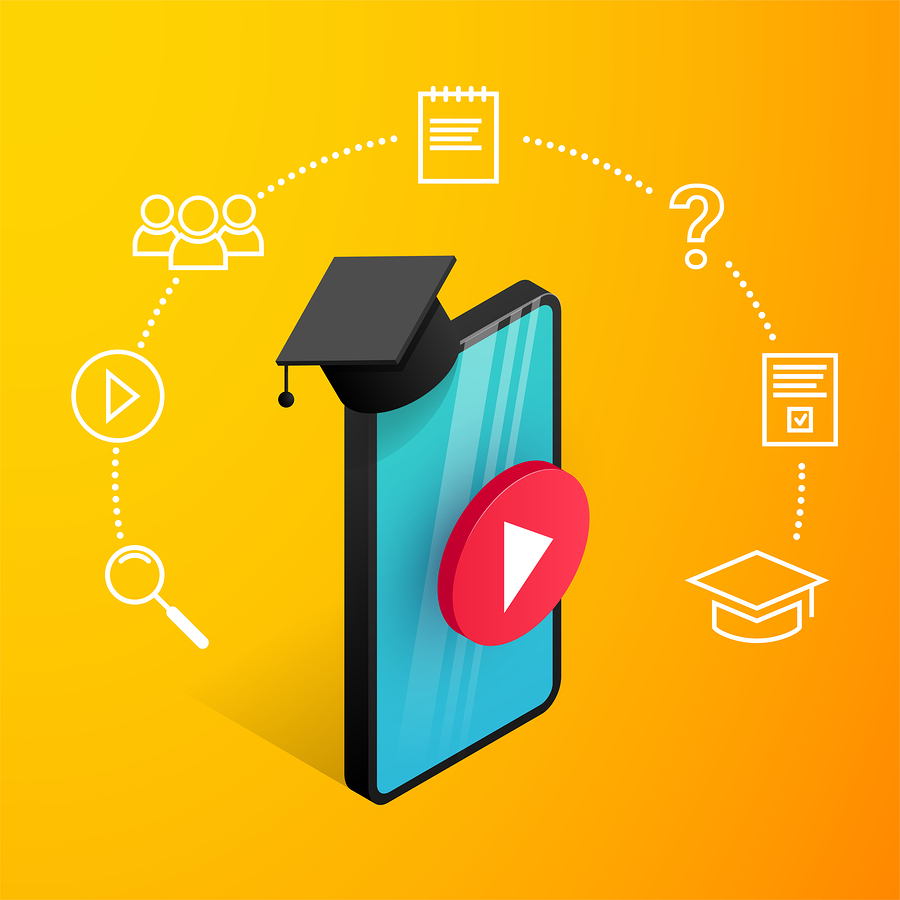



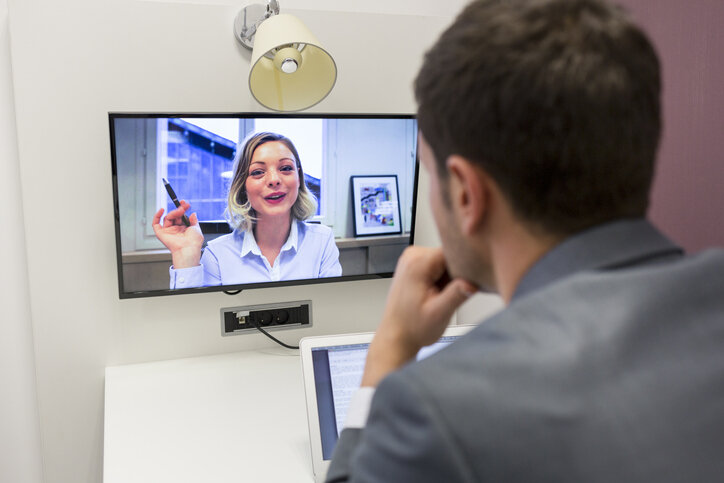


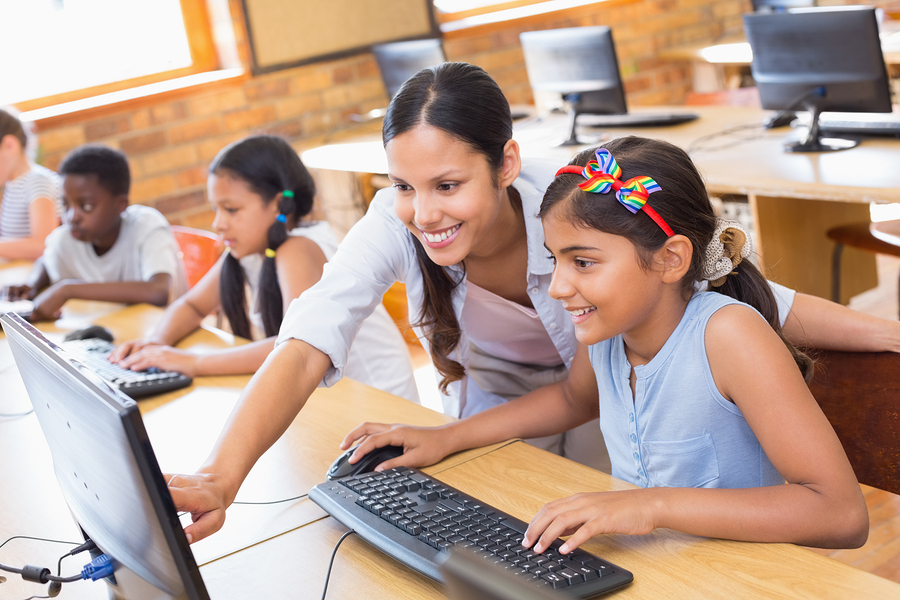

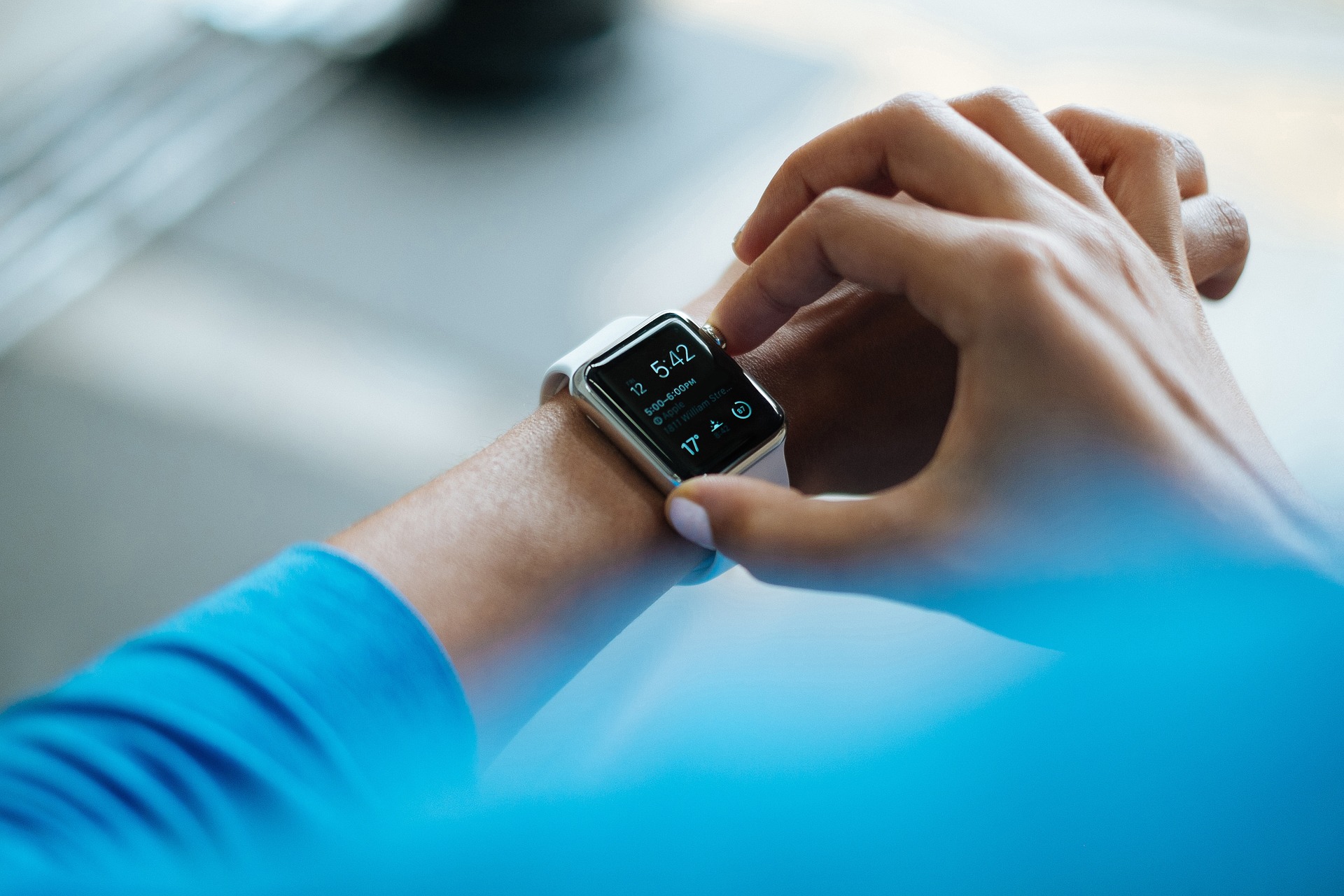

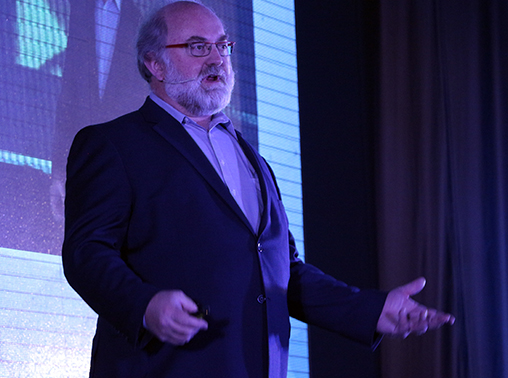

)